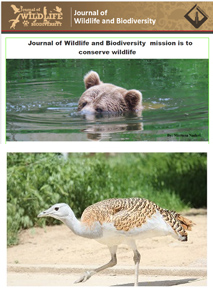A survey of ethno-botanical food resources in Pakistan's Thal Desert
Abstract
This study investigates the nutritional potential of ten native medicinal plant species from the Thal Desert, Pakistan, as sustainable food resources for arid regions. The selected species—Ziziphus nummularia, Cenchrus ciliaris, Salvadora oleoides, Vachellia nilotica, Calotropis procera, Cordia myxa, Capparis decidua, Tamarix aphylla, Prosopis juliflora, and Chenopodium album—were analyzed for key nutritional components. Significant interspecies variation was found: Salvadora oleoides possessed the highest crude fat (11.25%) and carbohydrate (73.4%) content, while Ziziphus nummularia exhibited the highest ash (26.5%) and protein (20.33%) levels. Cenchrus ciliaris showed the maximum fiber content (33.01%). Heatmap dendrogram analyses revealed distinct clustering, reflecting species-specific adaptive strategies to the desert environment. The findings underscore the considerable nutritional diversity of these ethno-botanicals, highlighting their potential to combat malnutrition and enhance food security. This research provides a scientific basis for integrating these plants into local diets, functional foods, and conservation strategies, promoting their role in sustainable desert ecosystems.
Published
How to Cite
Issue
Section
License
Copyright (c) 2022 Journal of Wildlife and Biodiversity

This work is licensed under a Creative Commons Attribution 4.0 International License.


